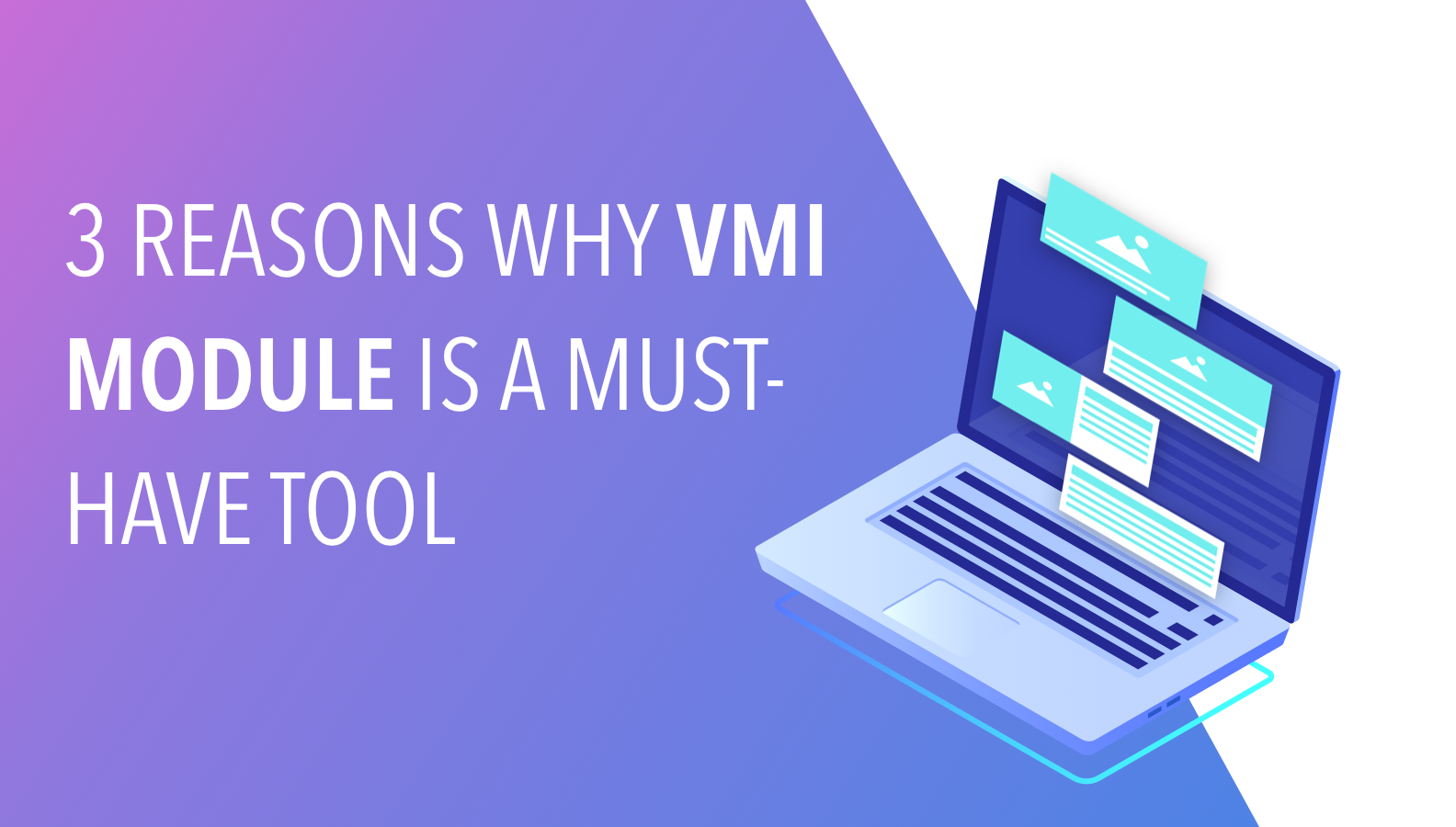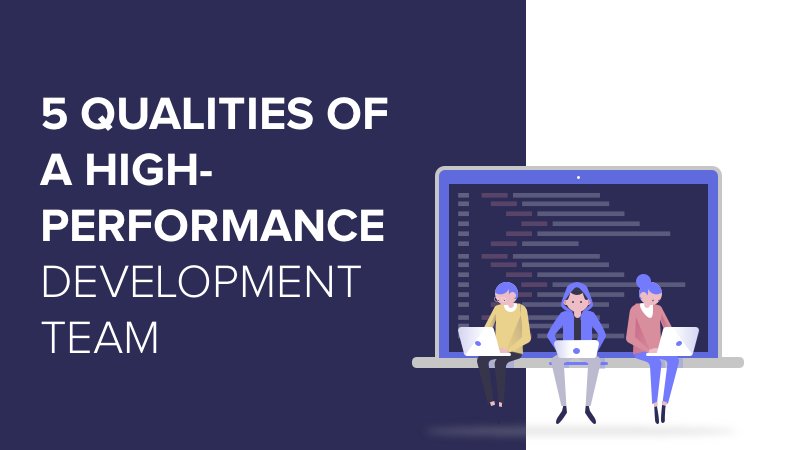- Solutions
- For Industry
- By Need
- Products
- VarbaseEnterprise CMS Distribution for Drupal
- Uber PublisherEnterprise Digital Media Platform Builder
- VardocDrupal Knowledge Base Platform
- Campaign StudioOpen Marketing Platform - by Acquia
- Open SocialSocial Business Platform - by Open Social
- Services
- Strategy
- Design
- Development
- Migration
- Support and MaintenanceSupport and Maintenance
- DevOps
- Digital Marketing

Datasheet

- Clients
- Ideas
- About
- Contact Us

The Future With Enterprise Open Source Software

Open-source software is currently revolutionizing the enterprise digital landscape.
For every enterprise CTO and IT team, the need to implement software systems that are innovative, scalable, secure, and easy to support is a top priority. Open source solutions like Drupal cover all these bases and more.
For any organization, the software is a critical aspect of both maintaining and future-proofing systems. Traditionally proprietary software has been viewed as the more professional choice for IT teams working within large or complex organizations. This is pretty outdated and no longer the case. Sophisticated and scalable open source solutions are changing the digital landscape at speed. If you want to keep up, you probably should be adapting sooner rather than later.
In this blog post, we will take a look at:
- Areas where open source outperforms expectations and current adoption rates
- Perceived barriers to adopting open source solutions
- The future with open source
Innovation
In competitive markets and times of turbulent economies, what is more, important than innovation and modernization? It is safe to say that innovation is key to long-term survival. Without a modern digital strategy and infrastructure in place, any organization will be much less efficient and way less able to scale or even adapt to shifting dynamics.
The State of Enterprise Open Source Software report found that over 90% of current IT leaders across the globe are using enterprise open source software to some degree. Generally, IT teams are starting to use this technology strategically and not just for minor patches or 'plumbing.' Infrastructure modernization and digital transformation are two key areas where adoption is already growing quickly.

Software like Drupal allows organizations to build cost-effective, scalable, and cutting-edge CMS solutions that can be integrated with other open-source solutions to revolutionize both internal and client experiences. For example, OpenCalais and Solr Searches are compatible semantic web and machine learning solutions easily leveraged to upgrade your site’s content search and categorization abilities. In an age where DCX is the key to client longevity, the implications of great digital customer touchpoints are huge.
In addition, open-source solutions can be utilized with both container and Kubernetes approaches which are key elements in many modern, secure and scalable infrastructures.
Security
Another area of relevance to any current CTO is cyber security. Due to ever-increasing privacy laws and security looking to become the fourth pillar of investor ESG evaluations, this is a critical consideration for any organization. High-end security is particularly important for government organizations with sensitive data and any organization operating e-commerce gateways.
Traditionally, proprietary software is viewed as more secure, often because it costs more, has a bigger marketing budget, or comes with a service level agreement. In practice, this is not always the case as solutions like Drupal offer top-level security options. Since 2014, the OpenSSL vulnerability exposed by Heartbleed has often been used as an argument against open source as a viable security option. However, the fix was created within a week of the vulnerability being made public. More recent events like the Javascript Log4j exploit have shown how quickly patches for major vulnerabilities were developed and made available. This has not always been the case with historic proprietary software vulnerabilities such as those for Microsoft Office or Citrix. No codebase is without vulnerabilities, so it is down to how fast they can be spotted, made public, and fixed.
There are a few reasons that enterprise open source software options are superior in the security department:
- Many more eyes are continuously on open source software. The advantage of this is that white hat hackers are more likely to spot vulnerabilities before they can be exploited. It is also a way to ensure that when exploits like Heartbleed or Log4j become known, they can be widely publicized and have patches or new version updates made available within a week or less. If you are keeping track of your software and any component dependencies, this should go a long way to mitigate any security risks.
- Enterprise open source products have shorter development cycles than some similar proprietary products, so fixed versions for any bugs are available to the market much more quickly. In addition, as there are often no revenue or brand PR issues attached to bugs being made public, this is often likely to happen faster too.
- Many, if not most, commercial software options use open source elements but do not keep up with the open source community or version updates. These elements then become quickly outdated and unsupported. It has been reported that 95% of the current 6450 open source vulnerabilities found in commercial projects had newer versions available that provided an easy fix.
- Drupal is also compatible with a container-based approach, which can serve both modernization and security purposes. This is due to their ability to be ripped and replaced in a continuous development approach, which helps to overcome the predictable software vulnerabilities quickly. They also offer integrated security applications. So, a secure approach, if not exactly infallible.
Barriers to Open Source Software Adoption
Although open source is already being widely used in parts of most enterprise businesses' tech stack, there are still perceived barriers to large-scale adoption. The two most cited by the Red Hat 2021 study are:
Level of support - 42%
- Is this concern valid? Outside of the large, engaged community support, this concern can easily be bypassed by working with a specialized Drupal partner like Vardot who would provide all the expertise that you would need to implement and maintain your software. Upskilling your internal teams can be done alongside these options if needed.
Compatibility - 38%
- This is a more relevant concern for some organizations with vast legacy systems. There are some potential compatibility issues, ranging from technology stacks to a lack of open source knowledge in internal teams to legal and copyright issues.
However, if you are interested in future-proofing your infrastructure, a move towards flexible solutions that are compatible with cloud and container-based approaches are worth researching, at least. Solutions like Acquia Cloud hosting and Drupal are easy places to start incorporating these elements into your ecosystem.

The Future of Open Source Software
In a world where even Microsoft, Apple, and Google are currently promoting the benefits of their open-source software, it is worth keeping up. The key to the success of any open source approach is the ability to build on one another’s work, ensuring a collaborative and continuous improvement approach that naturally drives innovation. If leading technology companies are already collaborating on open source solutions, not being able to benefit from the shared learnings, existing structures and new outputs would put any organization at a disadvantage.
Rarely, does a modern enterprise system not already include some open source elements. It is worth considering how to implement more holistic solutions that ensure better management, scalability, security, and collaboration capabilities. Taking a phased approach to modernizing your ecosystem by incorporating more strategic uses of OSS is often the most viable from a cost, resource, and impact point of view. To stay relevant, it pays to do your research upfront, partner with an expert for the initial phases, and ensure iterative improvements are made.
Are you ready to start exploring how cloud hosting with Acquia and Drupal open source software can help to revolutionize your organization? Let’s get you started.
Need Support?
Talk to our experts to explore how your website performance is impacting your business and identify solutions.
- Drupal 9
- Drupal 10
- CMS
- Open Source
- Enterprise Solution
- Enterprise Transformation
- Enterprise Web Solutions



